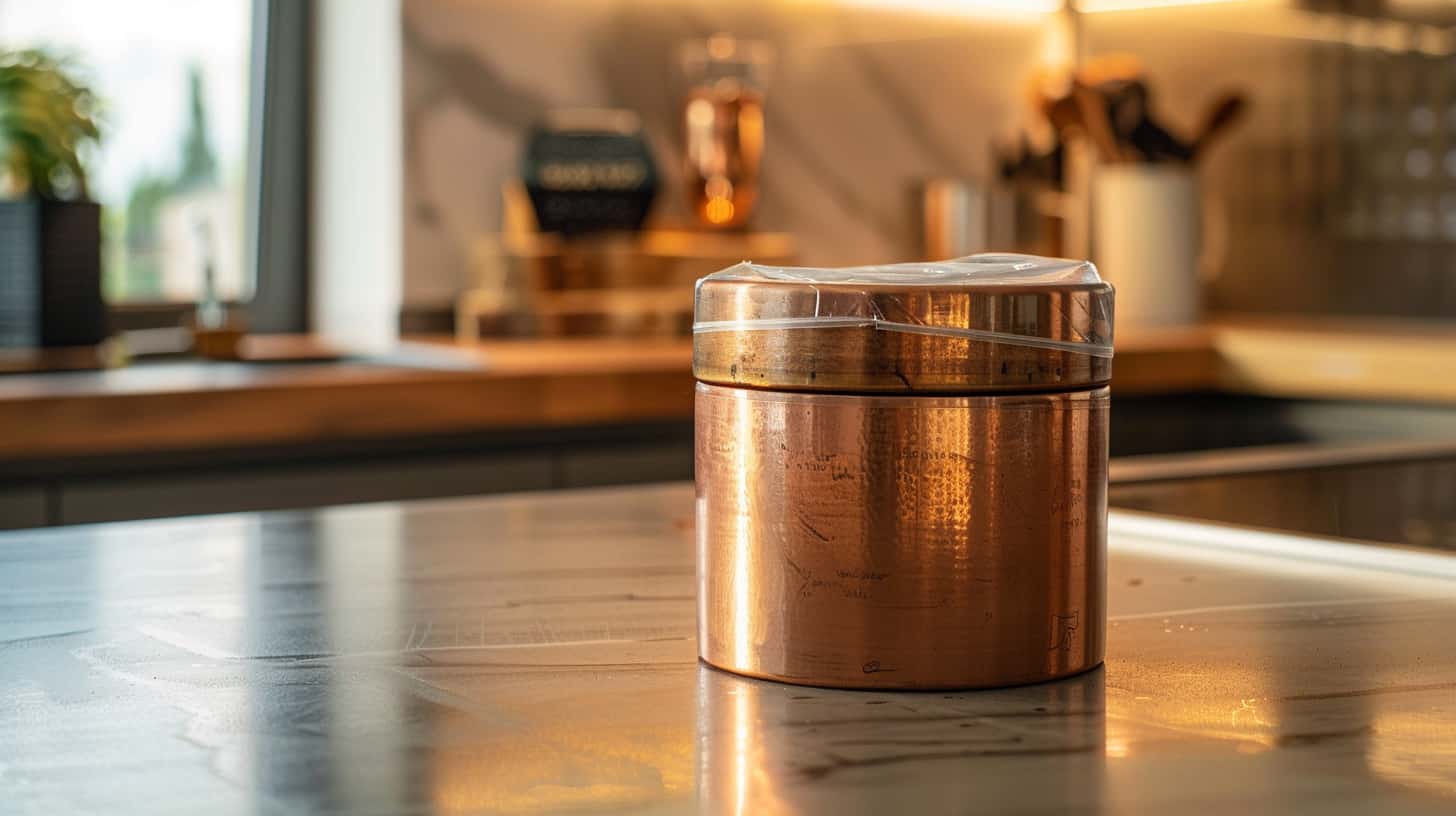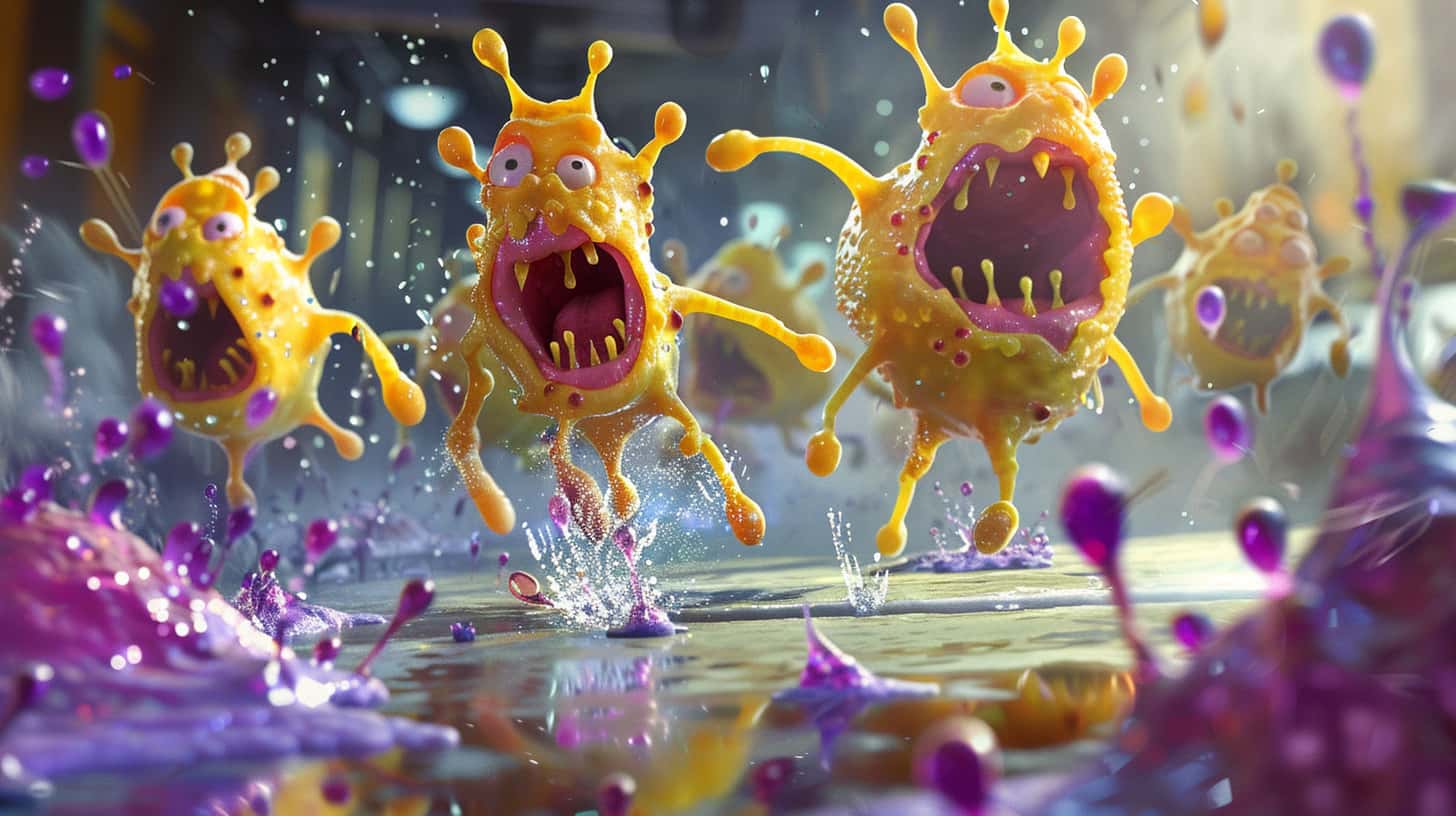By any measure, Dr. Christina Lee and Dr. Freya Harrison would be considered nerds of the highest order.
Dr. Christina Lee is a historian in the field of Viking studies who, in her free time, spends a lot of time learning about the field of microbiology. Conversely, Dr. Freya Harrison is a microbiologist by trade who, in her free time, spends a lot of time learning about Viking history.
In fact, Dr. Harrison is so interested in Vikings that at one point she got involved with a Viking-themed LARPing community. For those not in the know, LARP is an acronym for Live Action Role Playing. Basically, she was in a club of folks who liked to dress up in Viking costumes, head to a nearby soccer field, and have at each other with replica Viking weapons.
Like I said, Drs. Lee and Harrison are nerds of the very highest order!
Their paths first crossed when they both were professors at the University of Nottingham in England. Of course, they didn’t meet somewhere normal like a faculty meeting. Rather, they met at an Old English reading group. That is, a group for people who were interested in reading – for fun, in their spare time! – texts written in Old English.
But after Dr. Lee and Dr. Harrison met and discovered they were kindred nerdy spirits with such complementary specialties and hobbies, they thought it would be fun to collaborate on a research project together.

Dr. Freya Harrison’s weekend plans, probably.
Introducing Bald’s Leechbook
As it happened, around about that time, the British Library had just digitized and made publicly available an 1100-year-old book called Bald’s Leechbook. In this case, Bald is someone’s name and not an adjective describing a member of the follically-challenged community. And Leechbook is just Old English meaning “Medicine Book.”
Bald’s Leechbook is a Viking healer’s handbook chockful of potions and cures for all sorts of ailments. Given that this book was written 1100 years ago, most of the remedies in it are just as wild as you might expect them to be.
- If you are experiencing a swelling, Bald recommends that you remove the canine tooth from a fox – a live fox – and hold it against the affected area.
- If you have a nasty nosebleed, he says the trick is for someone to stick a piece of barley in your ear without you noticing.
- And if you’re suffering from a case of general lunacy, a good thrashing with a whip made of porpoise skin is literally what the doctor ordered.
Standing where we are, the sophisticated, modern people that we are, with all sorts of amazing, double-blind tested, scientifically-proven medicines available to us, it’s easy for us to look down our noses at this old book full of whacky, weird, and pretty questionable remedies. But Dr. Lee and Dr. Harrison remained curious. They wanted to see if there was a scientific basis for at least some of the bizarre remedies in Bald’s Leechbook.

According to Bald, this is a picture of an aspiring mental health counselor.
Taking a Page from Bald’s Leechbook
Dr. Lee and Dr. Harrison read through Bald’s Leechbook together, painstakingly translating each page from Old English. Finally, they discovered a recipe that Bald used to treat eye infections. Dr. Lee and Dr. Harrison decided to make a batch and then test it to see if it had any antibiotic properties whatsoever.
The recipe called for garlic, onion, wine, and ox gall (bile from a cow’s stomach 🤢) to be mixed together in a copper pot. However, Dr. Lee and Dr. Harrison had a lot of sleuthing to do to find components that approximated what Bald himself would have used.
For example, the Old English word for “onions” was used for both onions and leeks. So they had to make two different batches of the medicine because they couldn’t be sure which one he meant.
For the wine, they tracked down the monastery where Bald actually lived. After all these years, the monastery’s vineyard was still in operation and so they were able to get wine from the same source as Bald got his.
And then when it came to the copper pot they needed to mix this concoction in, (unsurprisingly) no museum would lend them an ancient Viking pot from their collection. After doing some research, they discovered that the copper of today that is most like what Bald would have used is the copper found in modern plumbing fixtures. After a quick trip to the hardware store, they had the container they needed.
Ingredients thus in hand, they mixed them all up and let the concoction sit in that copper container for the 9 days and 9 nights that Bald’s recipe called for.

Remember what they say: a watched copper pot never ferments!
Testing Bald’s Recipe
And when those 9 days and 9 nights were over, they took their brew to the lab and they applied it to little, globby cubes covered with Staphylococcus aureus, those nasty little bacteria more commonly known as staph. They were essentially creating a staph infection to see if Bald’s medicine would work on it.
Their greatest hope for this nerdy little experiment was that Bald’s recipe would have some measurable impact on the bacteria. If it killed 10%, even just 5% of it, they would have considered the experiment a raging success. However, when they came back to the lab the next day, they came back to discover that Bald’s recipe had not killed 5% of the bacteria. It had most definitely not killed 10% of the bacteria.
No, it had killed ALL of it! At least 99.9999999% of it.
Dr. Lee and Dr. Harrison, of course, didn’t believe what they were seeing. So they made up another batch and tried their experiment again. And it worked again. They then tried it a third time, and a fourth time, and a fifth time. Each and every time, it worked!
Feeling a little cocky at this point, they decided to up the stakes a little bit and they tried applying Bald’s recipe to MRSA. That is Methicillin-Resistant Staphylococcus aureus, a modern superbug picked up mostly in hospitals. MRSA kills about 2000 people a year because modern medicine for the most part cannot touch it.
And, you guessed it, Bald’s recipe worked again! It eradicated 90% of the MRSA bacteria that it came into contact with.
In other words, this old knowledge, this old method, this old way, which to our modern minds seems such an unlikely remedy that it would have been easy to write off as not worthy of our time and consideration – it worked. It worked! It was efficacious. It was powerful. It was potent. It was beneficial. It made a real difference, even in this modern world of ours.

Microscopic view of Staphylococcus aureus when confronted with Bald’s recipe.
The Old Ways Are Still Efficacious
In Chapter 3 of the Gospel of Mark, Jesus describes his earthly mission for us. Speaking in parables, he say that he is a plunderer who came to bind up the powers of evil. I think we all can agree that’s a pretty grandiose-sounding mission. It sounds like the premise of a Marvel movie!
But how did Jesus live out that mission?
- He traipsed about the rural backwaters of the Middle East telling the poor that despite their material conditions they are loved by God.
- He healed folk who were sick and fed folk who were hungry.
- He ignored the traditional distinctions made between people and rubbed shoulders with those shunned by polite society.
- He welcomed and blessed children, humbly washed the feet of his followers, and in his final moments offered forgiveness to those who betrayed him.
And while all these small acts of love and mercy and compassion are great – they’re really nice things to do! – they certainly don’t feel like the actions of someone trying to plunder the world back from the forces of evil, do they?
And yet, 2000 years later, people gather Sunday after Sunday in churches around the world to talk about Jesus. About what he said and what he did. About all those seemingly insignificant acts of love and mercy and compassion.
And in those intervening millennia, hundreds of thousands of despots and dictators and tyrants and villains and ne’er do wells of all stripes have risen and fallen and are long since forgotten. We’re not talking about them, but we are still talking about Jesus.
And why is that?
It’s because this old knowledge, this old method, this old way of Jesus, which to our minds seems such an unlikely remedy for the ills and evils of our modern world that it would be easy for us to write it off as not worthy of our time and consideration – it works. It works! It’s efficacious. It’s powerful. It’s potent. It’s beneficial. It makes a difference, a real difference, in this world of ours.
This story is originally from the RadioLab episode Staph Retreat. You can read more about Dr. Lee and Dr. Harrison’s research on this blog post from the British Library or this article from the National Library of Medicine.





